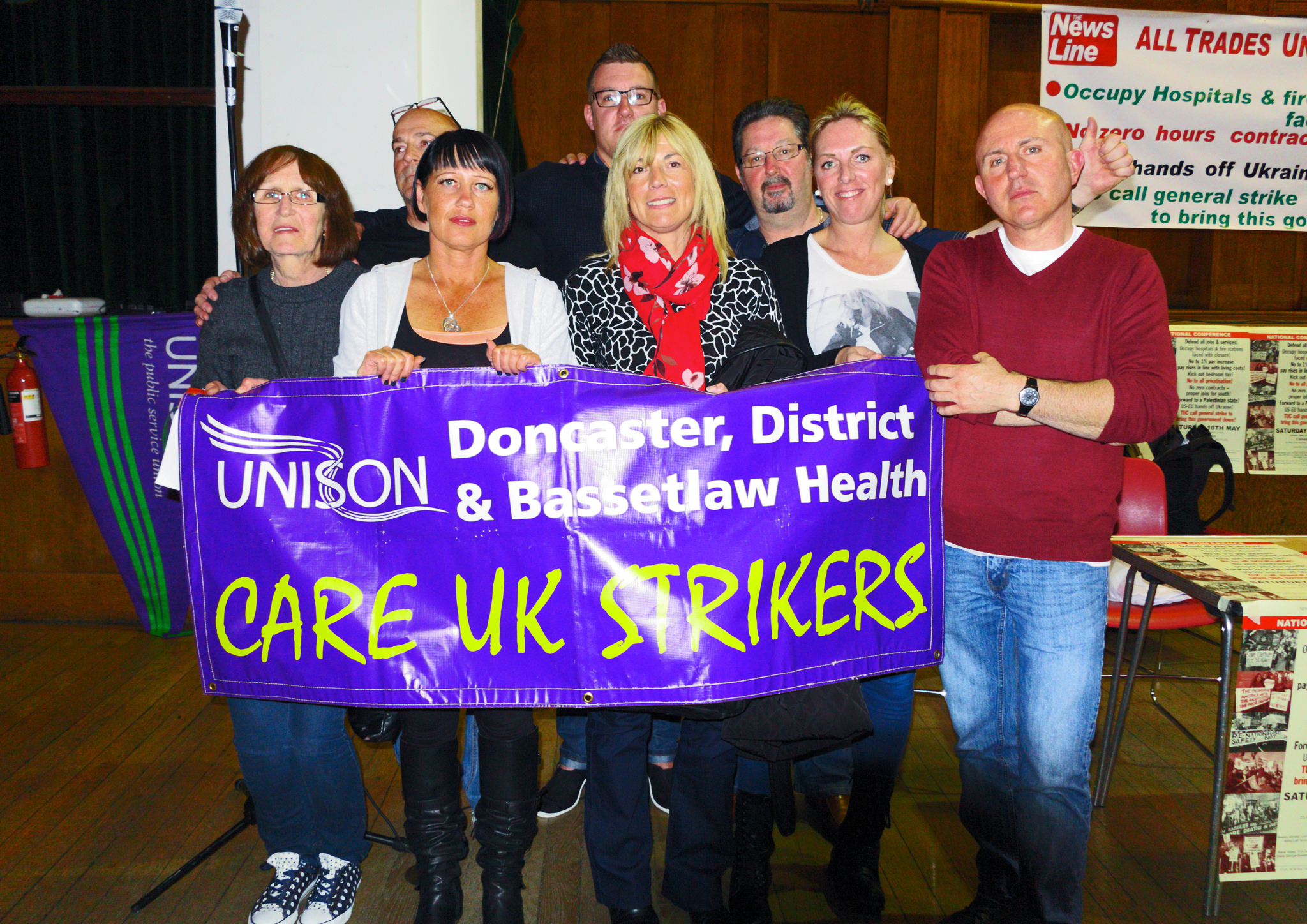
Image by Roger Blackwell, via Creative Commons License
By Steven McGinty
“If home care is not in crisis yet, it soon will be.“
These are the words of report author, Ingrid Koehler, Senior Policy Researcher at the Local Government information Unit (LGiU). She describes the current home care system as not fit for purpose and explains that this crisis is the reason why the Burstow Commission was formed.
‘Key to care: report of the Burstow Commission on the future of the home care workforce’ was launched last week and considers how the home care workforce might look in the future.
The report presents a number of worrying statistics for England’s 685,000 home care workers. For example:
- 53% of home care workers are part time;
- 60% of home care workers are on zero-hours contracts;
- Up to 219,000 are paid less than the national minimum wage;
- The turnover rate for home care workers is 21%, twice the national average.
There is also an attempt to explain some of these poor employment practices. One suggestion is that within society we have always undervalued the work carried out by women, and in the home care sector 80% of employees are women. It also suggests that the lack of status could be a reflection of society’s views on the people that care workers support, such as the elderly and those with disabilities.
Nevertheless, it argues that there are commercial reasons why care workers are not provided with better conditions. The main reason is that there is no financial incentive to do. The United Kingdom Homecare Association (UKHCA) estimates that care providers need to be paid a minimum of £15.74 per contract hour to pay the minimum wage and cover basic costs, as well as make a reasonable profit for the provider. There are very few local authorities that pay this rate to care providers, which either leads to poor contracts for staff, or care providers going out of business.
The role of technology also figured prominently in the report. It makes the case that local authorities and home care providers have to be involved in the design of digital technologies, such as tools for organising and arranging care, as only then will technologies be developed that improve the way care is delivered.
The report concludes with a set of recommendations that it believes will create a more sustainable home care system. It focuses on three main areas: better and fairer commissioning; valuing care and care workers; and responsible and innovative providers.
Below I’ve outlined some of the key recommendations:
Minimum payments for contract hours
Local authorities should ensure that Health and Wellbeing Boards are paying a fair contract per hour rate, such as the UKHCA rate of £15.74, and that they are fully transparent about how they are pricing care.
Outcomes based commissioning
Local authorities should take a more person centred approach to commissioning, such as by arranging contracts based on improved outcomes, rather than the time spent doing particular tasks. They should also look for efficiencies across the care service, rather than simply decreasing the rates of pay.
A training and career pathway for care workers
Care workers need adequate training and a clear career path that enables them to seek further training and possibly entry into a profession such as nursing or social work.
A licence to practise
The government should ensure that a new licensing system is introduced that includes independent adjudication and a register. A Care Certificate should be developed, which incorporates workplace learning and accredited training.
Initial responses following its publication suggest that the Burstow report has been welcomed by organisations representing service users and the home care workforce. It remains to be seen however whether the government and local authorities will embrace the recommendations.
Share
Related Posts
A recent item on BBC Radio 4’s Today programme generated an unusually high number of responses from listeners. A man who had lost his job in the financial services sector at the age of 57 described his difficulty in trying ....
By Donna Gardiner While free school meals (FSM) have been available in England on a means-tested basis since 1944, recent years have seen a renewed focus upon the potential benefits of providing free school meals to all school-aged children. Currently, ....
Today sees the start of Community Garden Week 2023. Across the UK, communities will be celebrating the many and varied types of community gardens, from children’s and neighbourhood gardens to therapy gardens and allotments. The benefits of community gardens are ....
By Hollie Wilson At the start of 2020, an independent review was published setting out what needed to be done to bring about changes to the care system for children and young people in Scotland. At the heart of the ....
